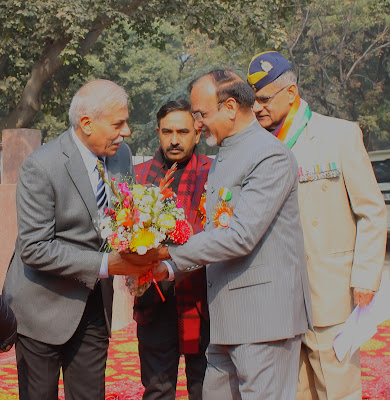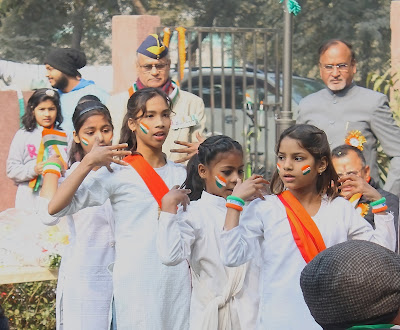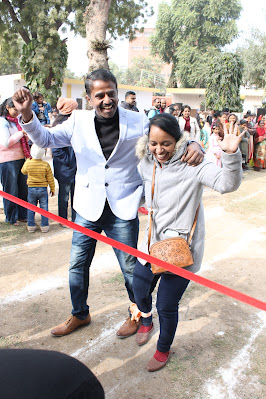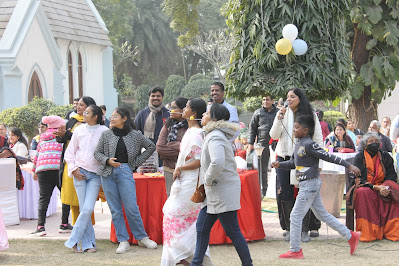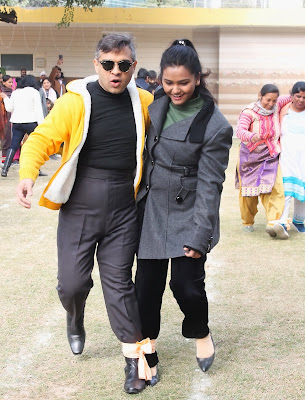In corridors, where
footsteps once echoed,
A fruitful innings
comes to an end, an ode
To ups and downs, we
all shared together.
The time draws near
for the farewell whisper.
We have seen you grow
into future adults,
As we set off on a journey
of possible success
We remember the days
we spent in tribulation
And joy, a
welcome gift of exhilaration!
We weaved an
intricate tapestry of life
While we spent all
those days of joy and strife.
Lectures, exams, and
projects gave us grace
To appreciate the
creation of a special space.
We learned from each
other; a foundation laid
Upon a collaboration
of stories of success made.
Through ups and downs
we’ve stood together,
And in spirit and
mind, we’ll continue further.
Each lesson learned,
is a stepping stone laid,
In the mosaic of
friendships, stories are made.
Through highs and
lows, we have stood side by side,
Facing challenges
with courage as our guide.
The classrooms echo
with a whisper of goodbye,
As we spread our
wings, ready to touch the sky.
But, remember, dear
friends, this isn't the end,
It's a new beginning,
another trip around life's bend.
Although, distances
and time may us remove,
The laughter, tears;
the defeat thereof approve.
During times of
difficulties your memories with us
Will help you mount
the stairs that lead to success.
Thus embrace the
challenges you face in days
To come, trials and
tasks won’t put you in a daze!
Fare you well on your
onward journey of life’s maze,
May you come up with strength buoyed always!





